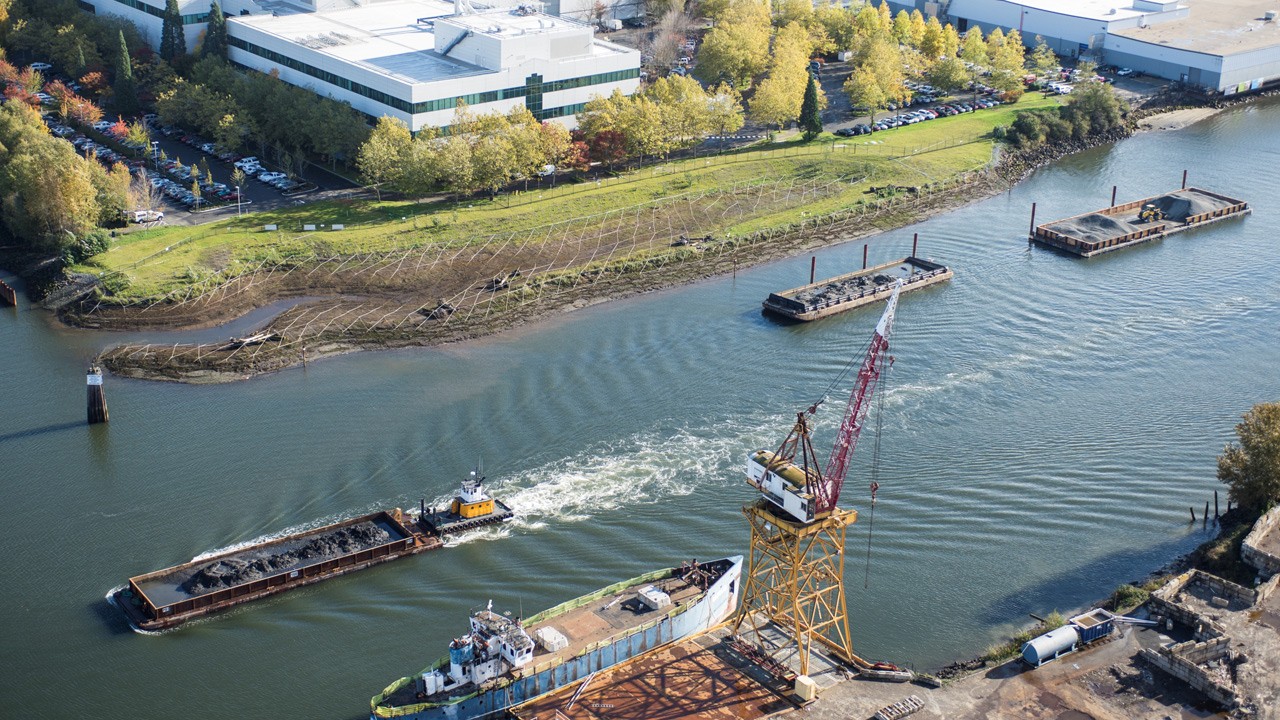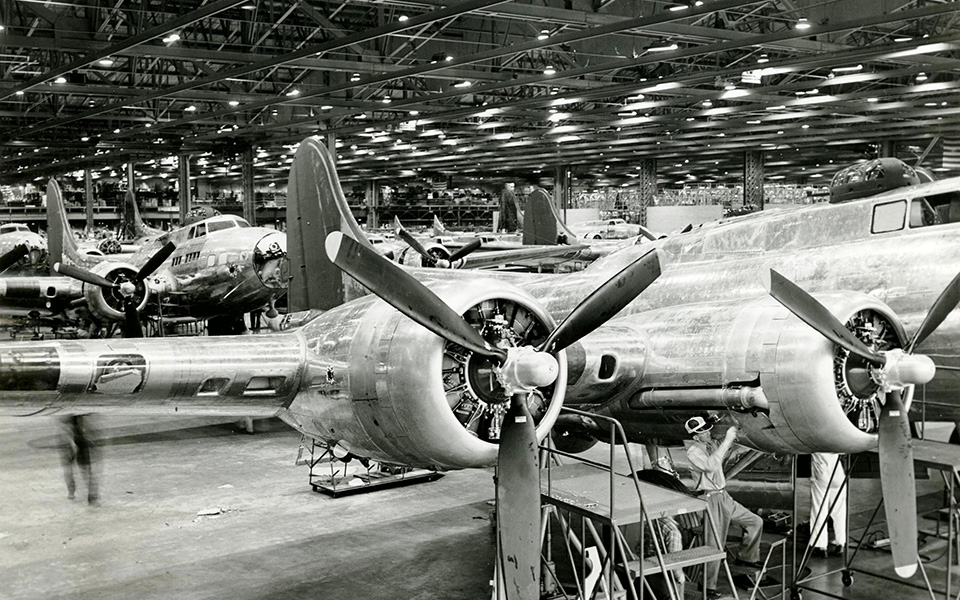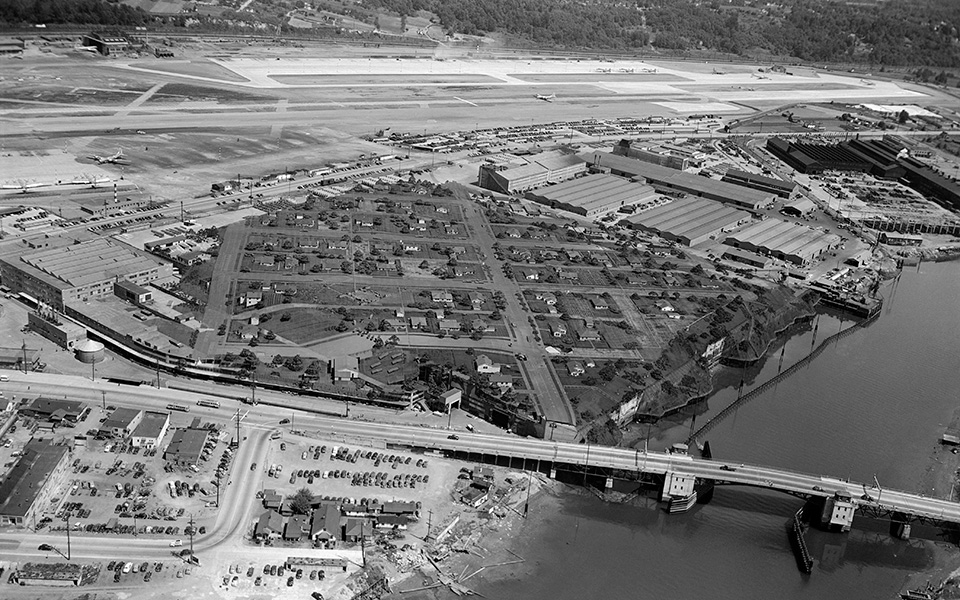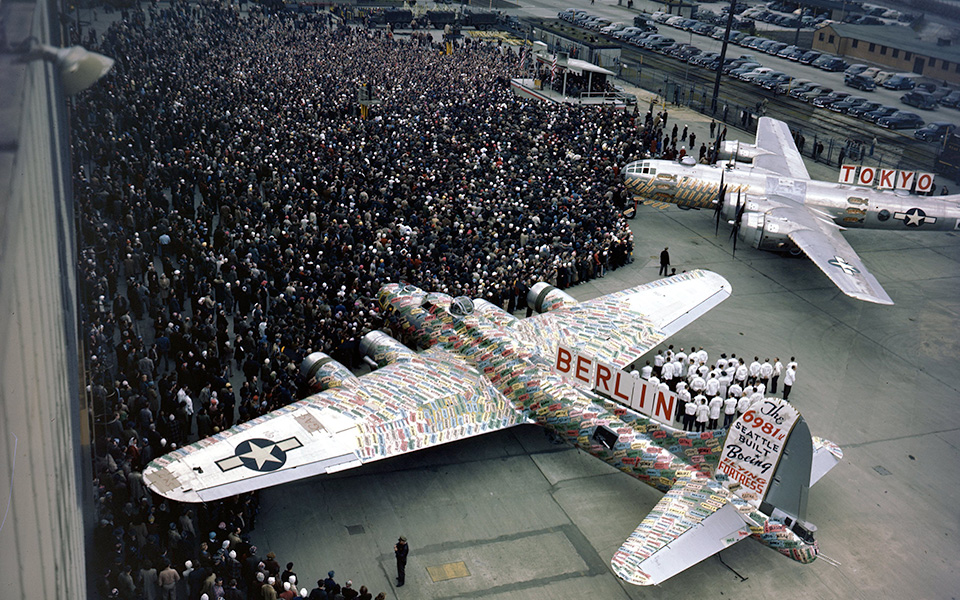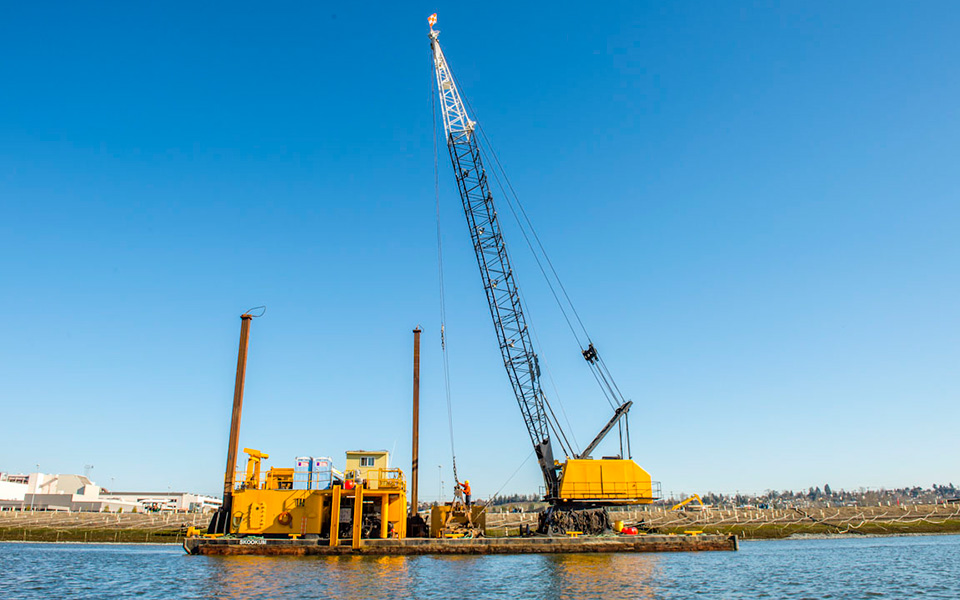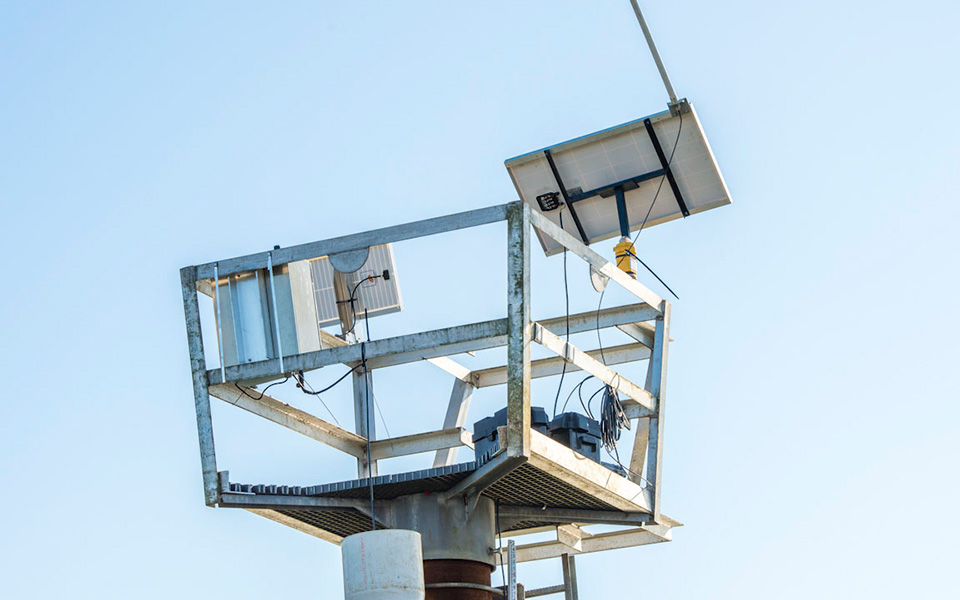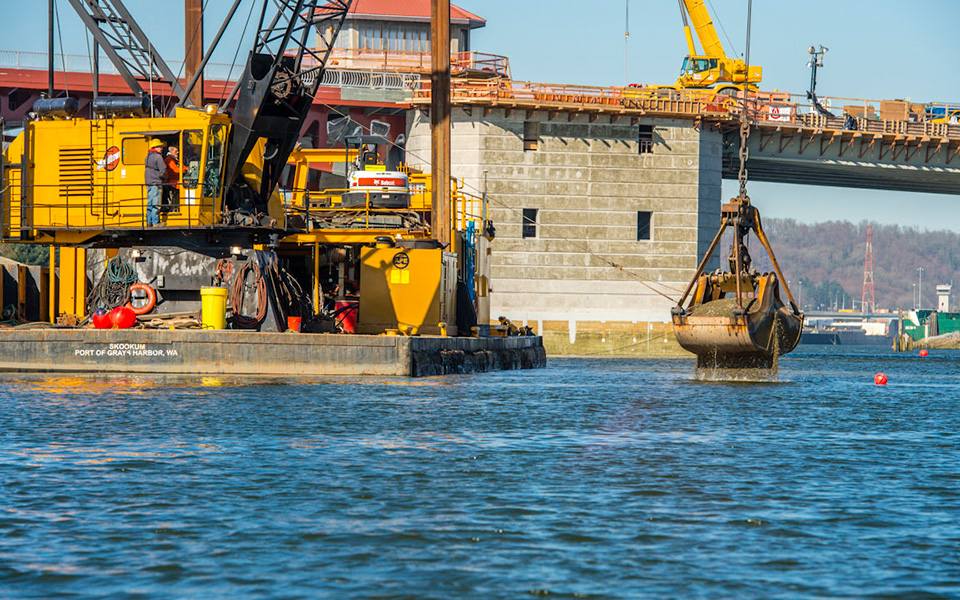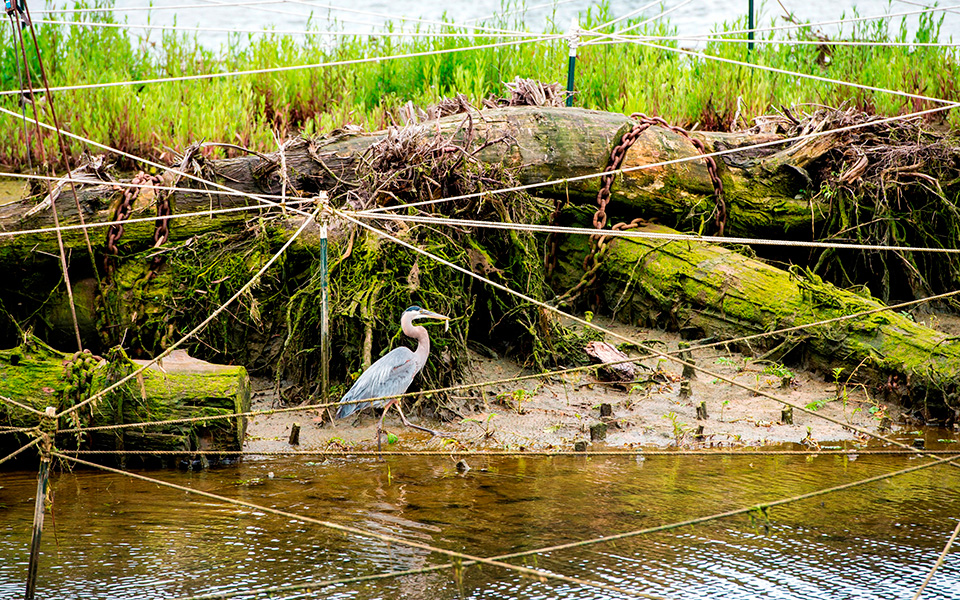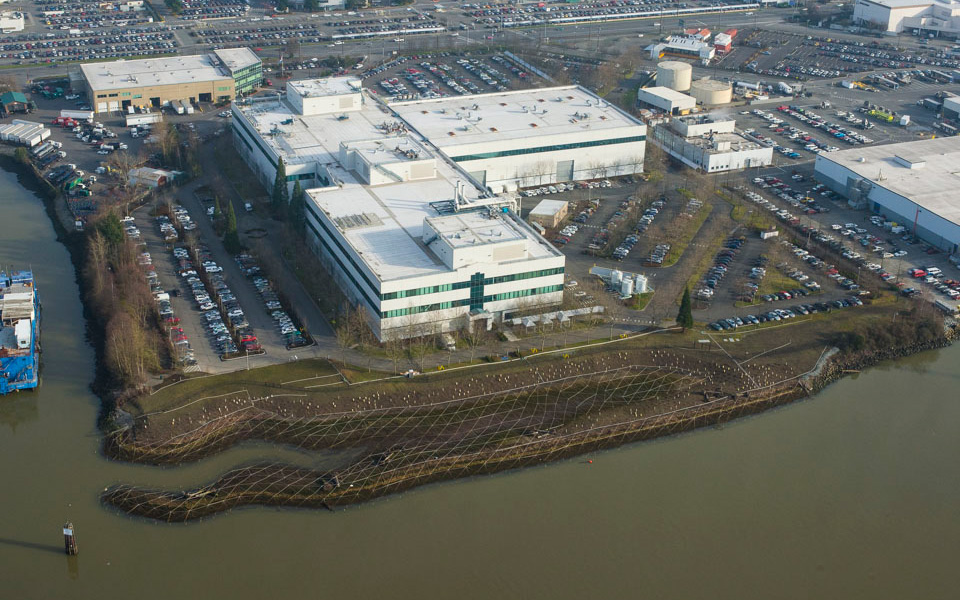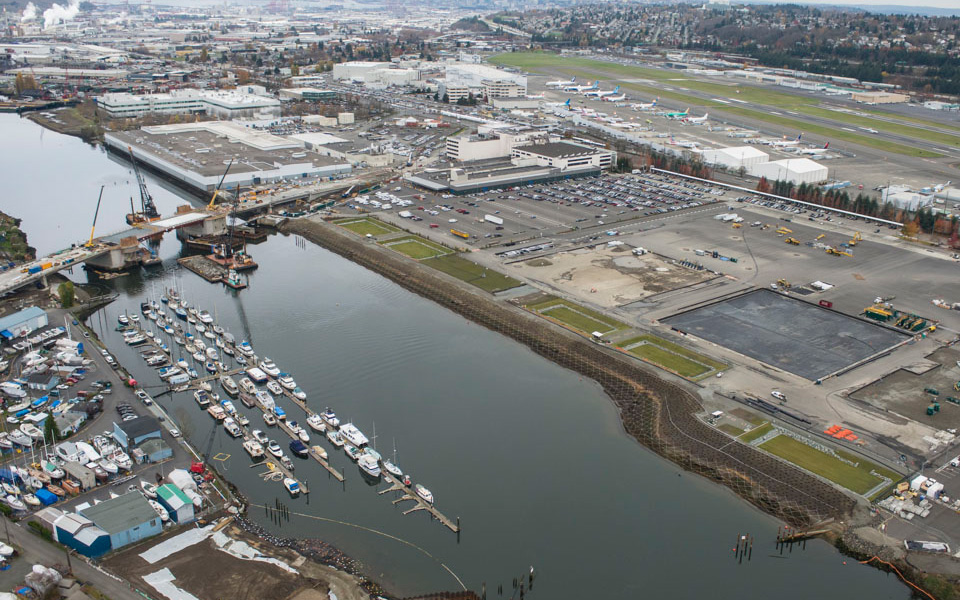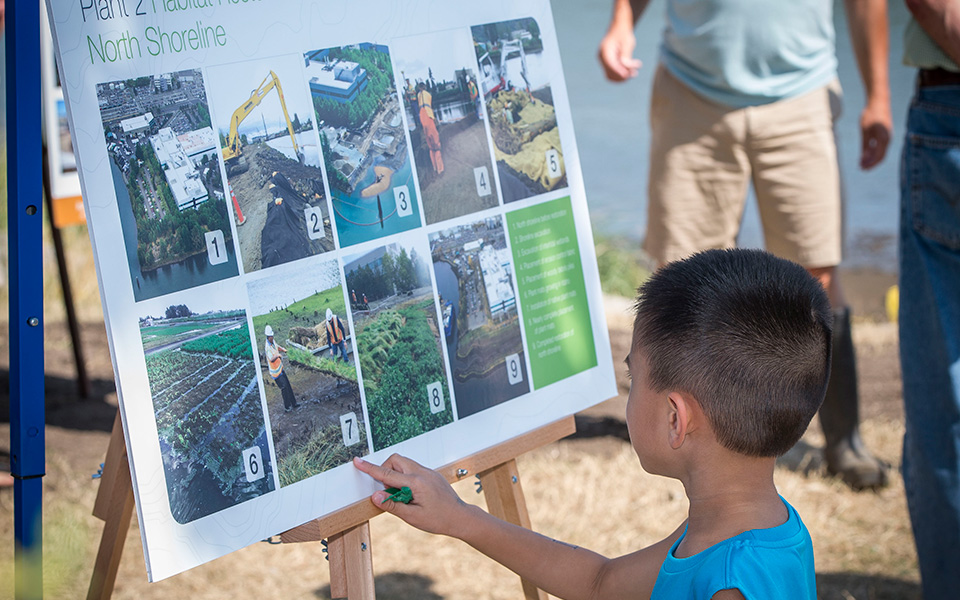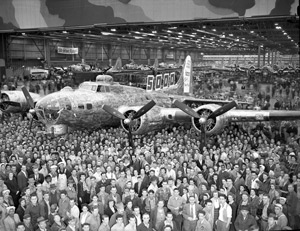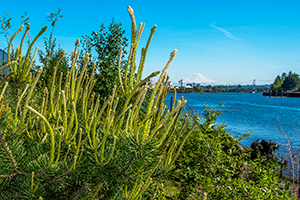Amid barges stacked high with containers set for Alaska and heaps of old appliances waiting to be recycled, there is now natural, undeveloped shoreline along this working waterway. Boeing completed the largest habitat restoration in the Lower Duwamish Waterway, transforming nearly one mile of former industrial waterfront adjacent to the former Plant 2 site into a wetland resource that improves Puget Sound salmon runs.
From tufted hairgrass and bulrush to willows and big leaf maple, more than 170,000 native plants now occupy five acres along the water’s edge. These wetland plants and grasses, along with piles of woody debris that are anchored in place along the shoreline, provide refuge and food sources for fish and wildlife. A protection system built out of ropes and lightweight steel rods is currently in place to prevent geese from uprooting the young plants.
The National Oceanic and Atmospheric Administration recognized Boeing with its annual Excellence in Restoration award in 2015. This award honors leaders in coastal restoration who are focused on ecological value and the importance of effective collaboration with project partners.
The Natural Resource Trustees, a group that is made up of federal agencies, state agencies and local tribes, oversaw the project’s design. Boeing also worked with the U.S. EPA and the Washington State Department of Ecology to coordinate its waterway cleanup in conjunction with habitat restoration.
